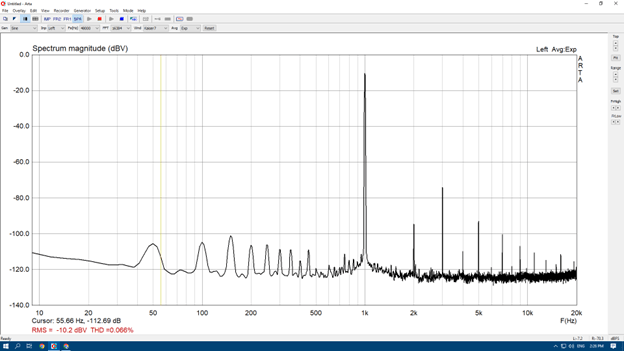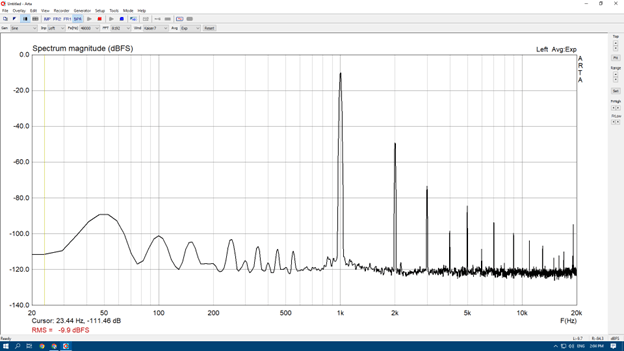Small, powerful, musical, economical.
Earlier this year I was going around in circles experimenting with a small all-tube Class-AB power amplifier for people who wanted more power than the SE5 can deliver, but still prefered a tube based design.
For safety reasons, and convenience, I wanted to keep the external AC power supply, and I wanted to make the amp an identical size to the very successful, but small, PR5 vinyl preamplifier.
It didn't take long to realise this was a hiding to nowhere, and the best I could do with two 6BL8 tubes in push-pull was about 7 Watts output; a barely perceivable increase in volume over the SE5. In my opinion, four times the power (+6dB) is the minimum power increase to ever aim for.
Then I started looking at hybrid tube-solid state Class-AB designs, around 25-30 Watts output power. However, the need for positive and negative power supply rails, or a very large value electrolytic capacitor in series with the loudspeaker, made this approach less appealing and more expensive. Not to mention the required heatsink.
Just as I was about to give it away and aim for something bigger sized, I thought about Class-D. Class-D holds a lot of advantages: very high power for its size; high efficiency/low heat dissipation; single power supply; internal speaker and overload protection; and very low cost. Its disadvantages are mainly around the sound quality, which people variously describe as 'cold' or 'harsh'.
I thought I'd try it out and see for myself.
I found a Class-D amplifier module in AliExpress based around the texas Instruments TPA3255 - a high quality 300 watt RMS per channel Class-D amplifier chip with very low distortion and a frequency response into the stratosphere. The one I selected had a large output filter using toroids and polypropylene capacitors, and NE5532 input op amps in sockets. So it looked better than some. (The output filter is a critical component used to remove the high switching frequency from the output signal, leaving just the low frequency audio signal. It also reduces the potential for AM radio interference).
My go-to test for any amplifier is to measure its output rise-time to full power on a square wave. The module had a risetime of about 8uS, which is pretty good, and at the 30 Watts I had planned this amp would be loafing along. Next step was to try it out.
Quite frankly, it was pretty good, with excellent bass through my 15 inch Tannoy transmission line speakers, though, to my tube amplifier accustomed ear, it sounded somewhat cold and clinical. Output power was 35 Watts per channel RMS into 8-ohms, 70 Watts into 4-ohms.
Below are two distortion plots. Frequency (20Hz - 20kHz) is on the horizontal axis, and distortion (in 20dB steps) is on the vertical axis. The top spectrum plot shows the Class-D module by itself; its harmonic distortion is low but predominantly third and fifth order - more typical of a solid-state Class-AB amplifier. I understand now why I thought it to be cold and clinical - not the pleasing predominantly second order harmonic distortion of a single-ended Class-A tube amplifier. How to fix this?
There is a technique called 'harmonic restore', where the input signal is amplified strongly in a tube stage, and then the output of that stage, which now includes tube generated harmonics, is attenuated by the same ratio. This creates predominantly second-order harmonics at a level high enough to mask the harmonics generated by the Class-D amplifier, (see John Broskie's article at https://www.tubecad.com/2015/01/blog0316.htm).
The bottom response plot shows the output spectrum from the Class-D amplifier when it is proceeded by the harmonic restorer circuit. Notice how the second harmonic now dominates, and is about 25dB higher than the 3rd order harmonic at 3kHz. The higher frequency harmonics are still predominantly odd-order (5th, 7th, 9th etc.) but are they are very low level in comparison.
So, how does it sound; with a bit of extra post-filtering (being a radio ham I don't like radio interference) and a couple of other changes and additions, pretty damn good.
Unlike most tube amplifiers that use smaller than optimum output transformers, the bass is punchy and accurate, no doubt aided by the high loudspeaker damping figure of the Class-D amplifier, the frequency and phase response is excellent, and at 35 Watts RMS per channel it's got more than enough power. In fact, it sounds very much like a good single-ended tube amplifier and I'm using it now as my go-to amplifier for everyday use.
All in all, a very good result. The question now is: is there a market for this amplifier, which is both hybrid in design and hybrid in construction, or am I best just supplying PCB's and metalwork with instructions and parts sourcing information?
Maybe you could let me know what you think. Thanks for reading,
Phil


